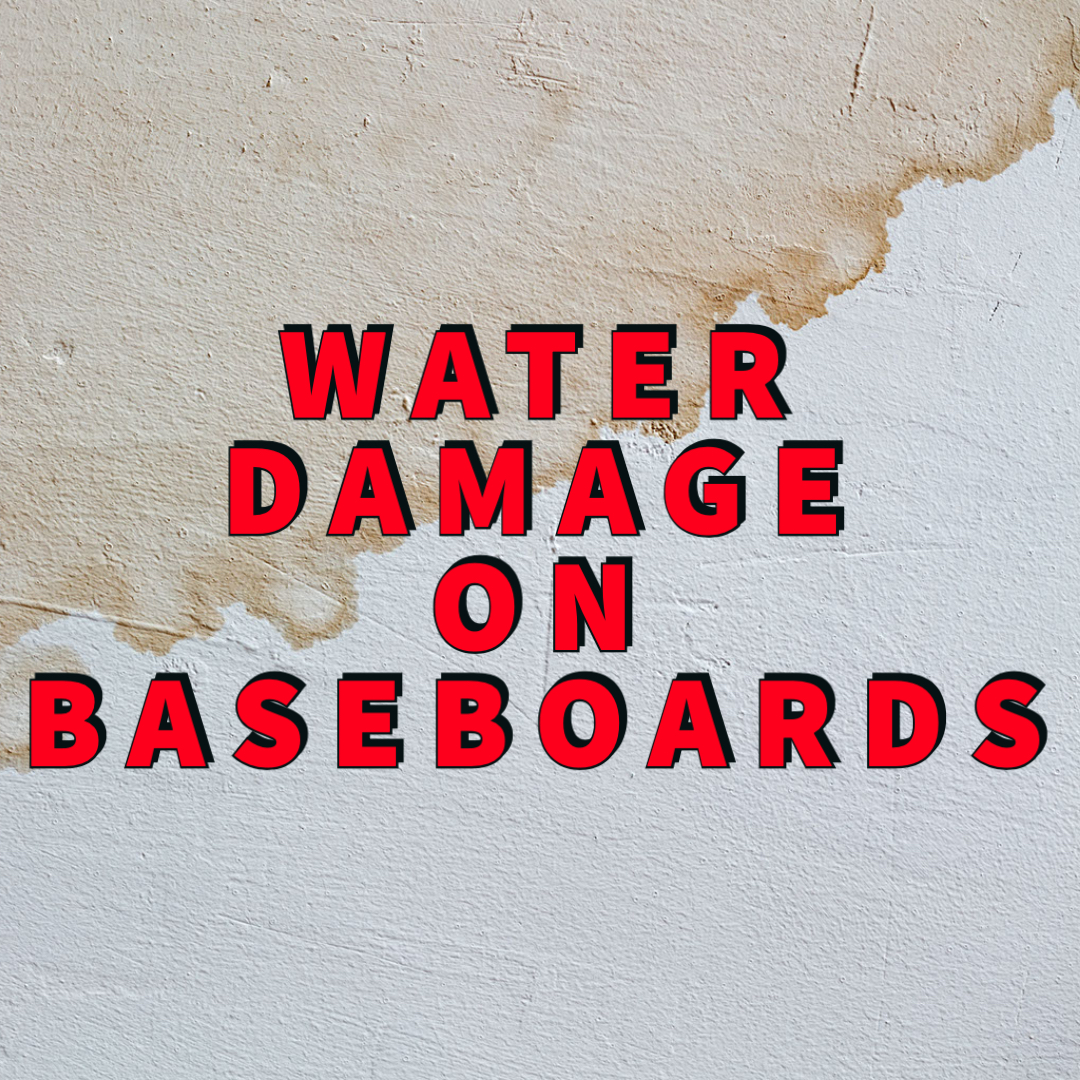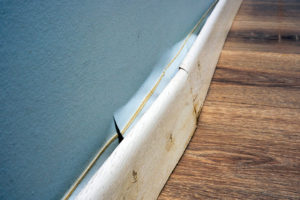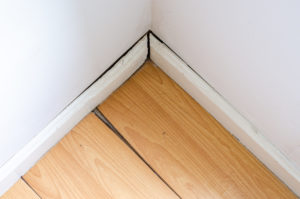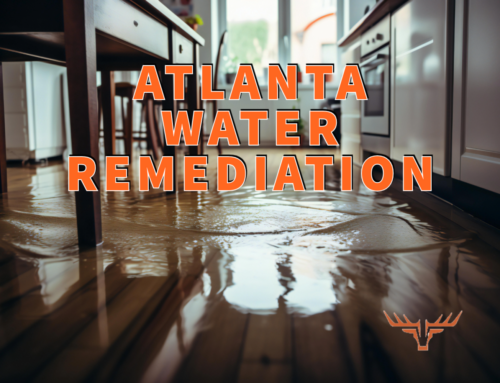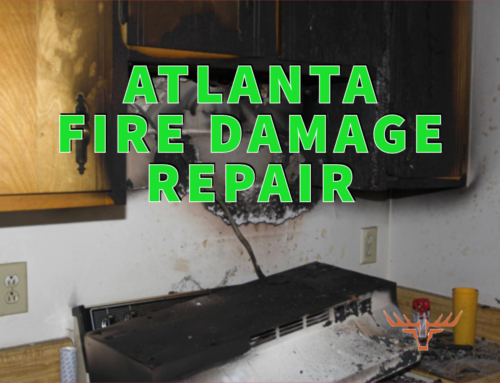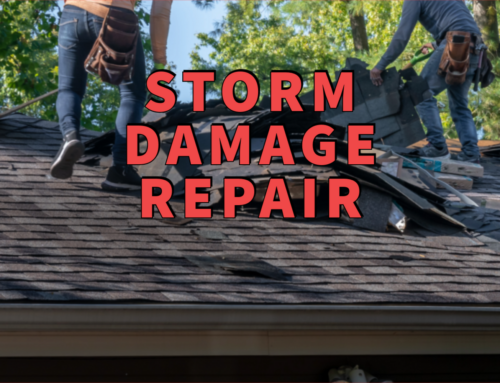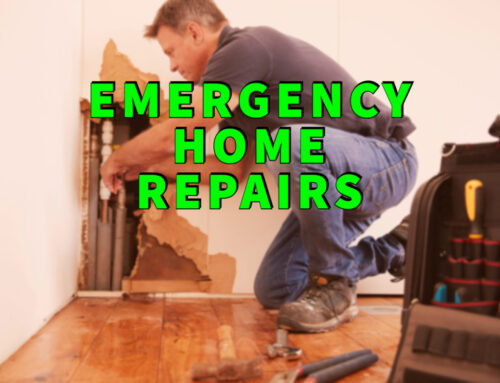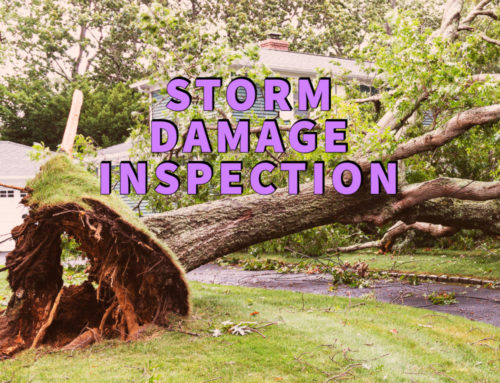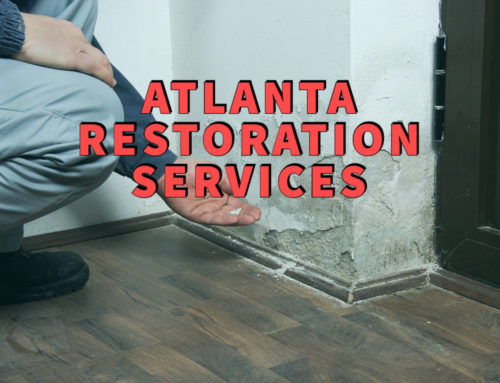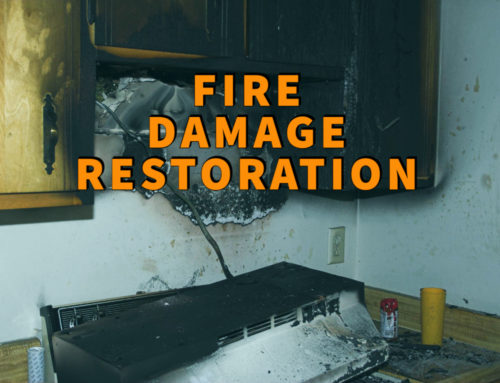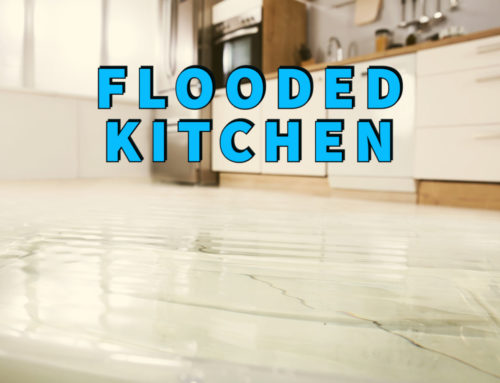Watch out for water damage on baseboards—there could be a more significant problem lurking behind your walls!
Water damage is something that happens to many houses. For example, a water leak can happen behind a wall, or water can seep into the home from a broken pipe in the basement.
It’s essential to catch water leaks early before they do too much damage. One of the first signs of a water issue in your home is water damage on baseboards.
This article will go into the causes of water damage on baseboards, the four warning signs you can look for on your baseboards, and your options for repair. If you find any warning signs on your baseboards, it may be time to call in an expert!
What causes water damage on baseboards?
The first significant cause of water damage on baseboards is home flooding. If there’s been water throughout your home, there’s no surprise if your baseboards have associated water damage!
Besides the obvious answer, what else causes water damage on baseboards? What if there hasn’t been any flooding (as far as you’re aware)?
When leaking pipes behind walls have a slow flow rate, the escaped water can cause water damage on baseboards. This scenario is incredibly worrying because the leak can go undetected for a long time, leading to mold growth in the space behind your walls.
Mold growth puts everyone who frequents the space at risk for respiratory-related health issues.
If you’re buying a new home or were on vacation and discover water damage on baseboards, this is evidence that there was a flooding event in the past. Do a thorough inspection of the area, especially the flooring, and have an expert search for mold growth.
3 signs of water damage on baseboards
When looking at your home, or checking out a new home, look for these four signs of water damage on baseboards:
- Peeling paint or wallpaper
- Visible stains
- Loss of contact with the wall
Peeling paint or wallpaper
When water damages happen to drywall, there’s a good chance the exterior covering peels or flakes off at the point where the wall meets your baseboard.
Peeling wall covering is a surefire sign of wet drywall, and more often than not, this coincides with a pipe leak someplace behind the wall.
Replacing drywall after it gets wet is crucial—the soaked portion becomes a weak point in your wall. Keep an eye on the space above your baseboard, and you’ll catch water damage early.
Visible stains
Stains from water damage on baseboards are apparent when the baseboards are white. No matter how clean the water is, any place that it touches the baseboard will become stained.
Additionally, the area just above your baseboard could also become stained from exposure to water. A stain that becomes larger over time is indicative of an ongoing leak, and you’ll need professional help right away.
Remember: even stains that don’t grow could be promoting mold growth in unseen areas behind your walls.
Loss of contact with the wall
When your baseboards lose contact with the wall and are no longer flush against the surface, there’s a good chance you have water damage on baseboards.
Two situations cause this:
- Your baseboards have swelled or warped because of water damage
- The wall behind your baseboard has warped because of a leak
Looking for areas where the baseboard doesn’t contact the wall is crucial when walking through a home for the first time. Noticing this is your cue to call water damage or mold professionals and make sure there’s not a more significant issue lurking behind your walls.
Fixing water damage on baseboards
There are two options for repairing water damage on baseboards:
- Repair
- Replace
Repair requires an undamaged baseboard. You can tell if the baseboards lay flat on the ground instead of rising because of warping. If the baseboards are salvageable, finding and repairing the leak then fixing the underlying drywall before reattaching the baseboards should solve the problem.
Replacing the baseboard is necessary when the water warps the baseboards or when fiberboard baseboards absorb water and become swollen. Both scenarios require new baseboards after your chosen professional addresses the leak and damaged drywall.
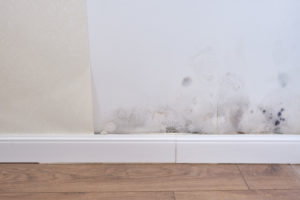
Fixing water damage on baseboards in Atlanta, GA
Strictly speaking, repairing the actual baseboards isn’t an involved process—taking care of the drywall and the underlying leak is where experts shine.
Whenever there’s a leak, there’s a chance for mold. Water damage on baseboards is the canary in the coal mine for a potentially more significant issue.
If water damage on baseboards is a problem in your home, call the experts at Revere Construction and Roofing, or reach out via our contact page. Our water mitigation specialists are equipped with state-of-the-art drying equipment and can address water leaks quickly to minimize water damage throughout your property.

